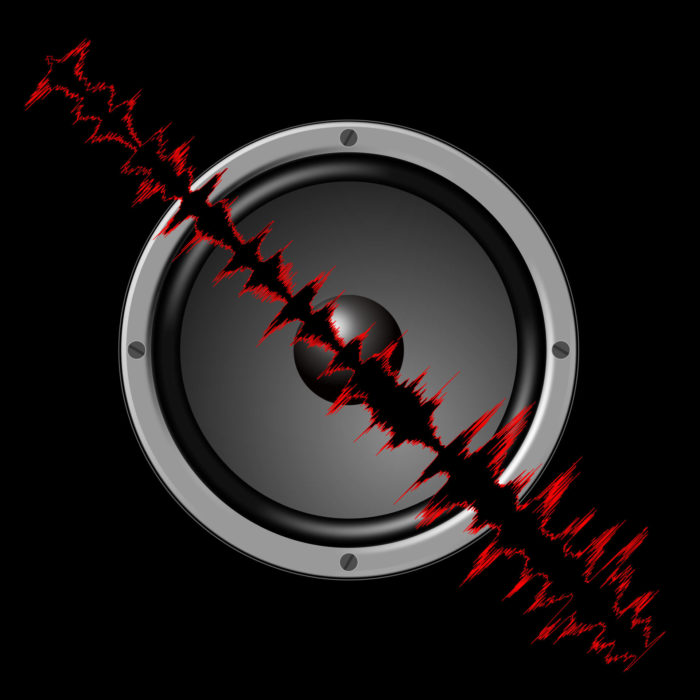Sane powering shields you from accidents.
Please Remember:
The opinions expressed are mine only. These opinions do not necessarily reflect anybody else’s opinions. I do not own, operate, manage, or represent any band, venue, or company that I talk about, unless explicitly noted.

 Want to use this image for something else? Great! Click it for the link to a high-res or resolution-independent version.
Want to use this image for something else? Great! Click it for the link to a high-res or resolution-independent version.I once lived in abject terror of pops, clicks, and bangs. I was once frightened by the thought of a musician unplugging their instrument from a “hot” input before I found the mute button. This was a result of my early experience in audio, where well-meaning (but incorrect) people had assured me that such noises were devastating to loudspeakers. A good solid “thump” from powering up a console when the amps were already on, and some poor driver would either:
A) Take another step towards doom, or…
B) Blow up like that one space station that could be confused with a small moon.
Well, that’s just a load of horsefeathers, but like all audio myths, a kernel of truth can be found. The kernel of truth is that loudspeakers CAN be destroyed by a large spike of input. There’s a reason that drivers and loudspeaker enclosures have peak ratings. Those are “Do Not Exceed” lines that you are smart to avoid crossing. Here’s the deal, though – if you’re using a sane powering strategy with passive boxes, or are using any truly decent powered speaker, worry is essentially unnecessary.
An amplifier simply can not “swing” more voltage than is available from the supply. If the peak voltage available from the amp results in power dissipation equal to or less than what the loudspeaker can handle, a brief transient won’t cook your gear. The instantaneous maximum power will be in the safe range, and the whole signal won’t last long enough for the continuous power to become a factor. An active box that’s well designed will either be powered in such a way, or it may be overpowered and then limited back into a safe range.
So, when a system is set up correctly, the odd mishap isn’t necessarily dangerous. It’s just displeasing to hear.
I believe that the persistence of this myth is due to folks who get talked into “squeezing maximum performance” out of their loudspeakers. They’re told that they have to use very large amplifiers to drive the boxes they have, and so that’s what they do. They hook up amps that can handily deliver power far beyond the “Do Not Exceed” line specified by peak ratings. If they take no other safety precautions, they ARE playing with fire. One good, solid accident, and that may be it for a driver. (If I might be so bold, I would recommend that those folks instead use my speaker powering strategy instead of “spend lots more, maybe get a touch louder, and hope you’re lucky.”)
The worrier doesn’t have to be you. Keep things reasonable, and you’ll be very unlikely to lose money because somebody yanked a cable.